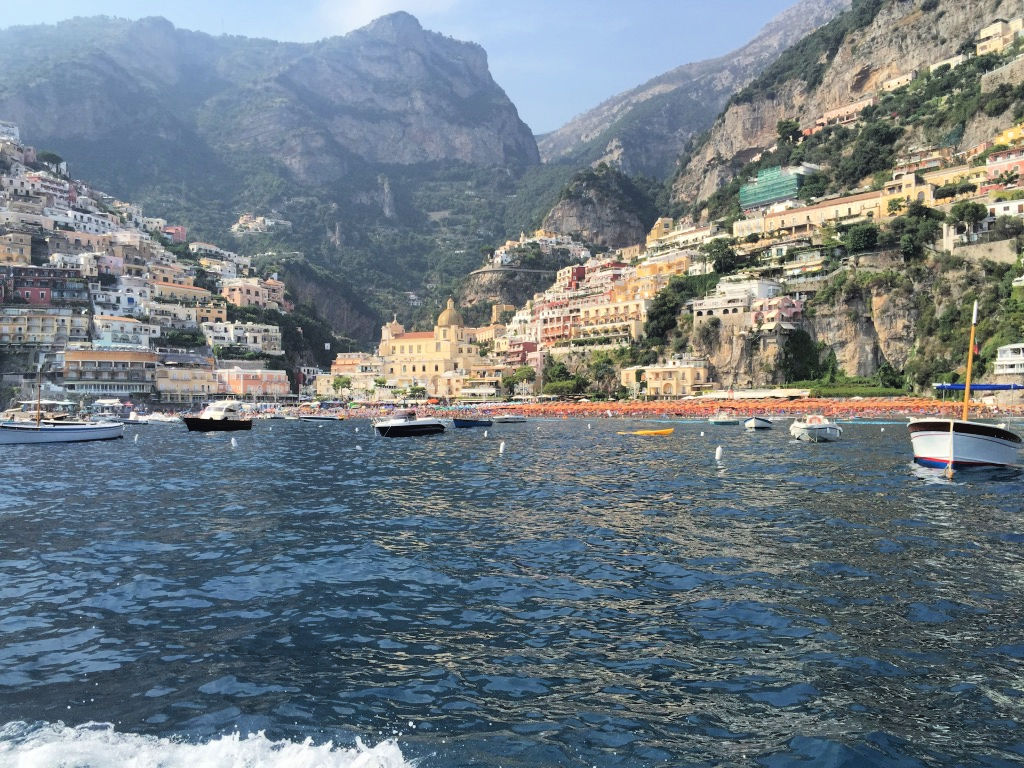
The 3 Must-See Towns along Italy’s Amalfi Coast
You love old European architecture but let’s face it: you’d also like to eat delicious food, soak up some sun and swim in a sparkling blue sea. In today’s post, we will be heading to Italy’s gorgeous Amalfi coast. Three of the must see towns are Amalfi, Ravello and Positano.
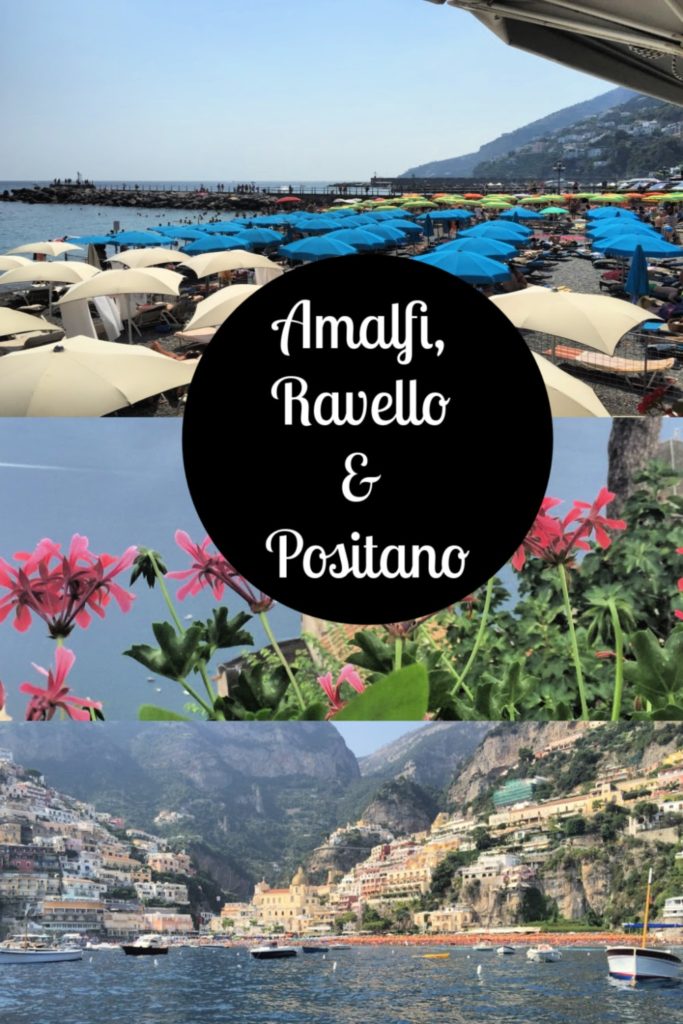
Italy’s Amalfi Coast
The area designated as the Amalfi Coast stretches 50 kilometers (31 miles) along the coastal southern edge of Italy’s Sorrentino Peninsula. As a very popular tourist destination, the summer months tend to be quite crowded. Narrow roads wind past splendid villas, terraced vineyards and fragrant lemon groves, all while hugging the sheer cliffs that drop straight down to a rugged coastline dotted with intimate beaches and pastel-colored fishing villages.
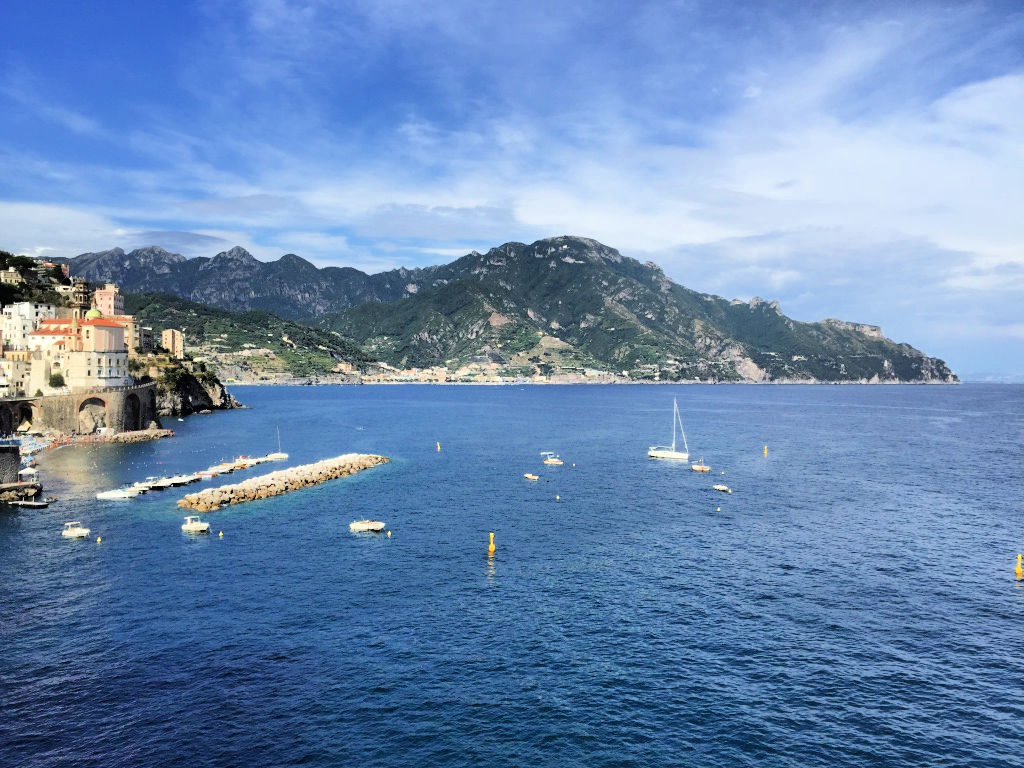
Amalfi
The first stop is the romantic town of Amalfi, about 40 miles south of Naples. Named a World Heritage UNESCO Site in 1997, Amalfi was founded by the Romans. Between the ninth and 11th centuries, Amalfi was the first of the Marine Republics and competed with Genoa, Pisa, and Venice for control of the Mediterranean Sea. Situated between Salerno and Sorrento, the town sits on the shoreline below the breathtakingly steep cliffs of Italy’s southwest coast.
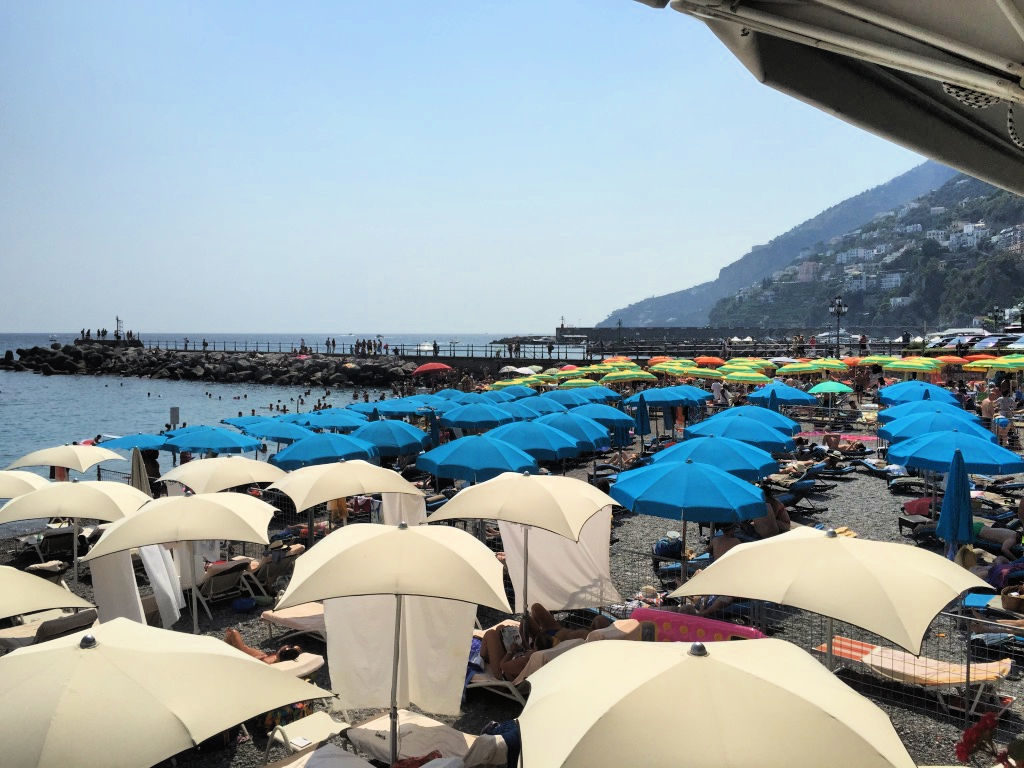
Amalfi: Where to Stay
For lodging, we stayed at the magnificent Hotel Luna Convento, perched right on Amalfi’s most iconic point. Looking to the Northwest from the balcony, the town of Amalfi stretches out from the brightly colored umbrellas on the shore by day, to the glittering lights sloping up the hill by night.
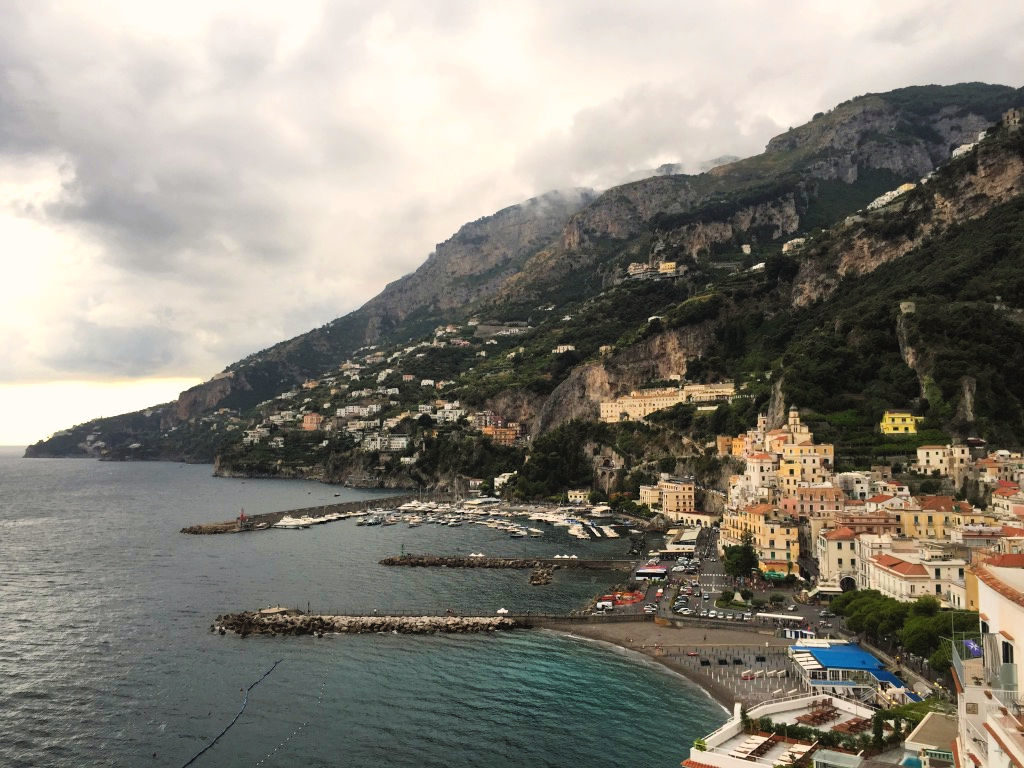
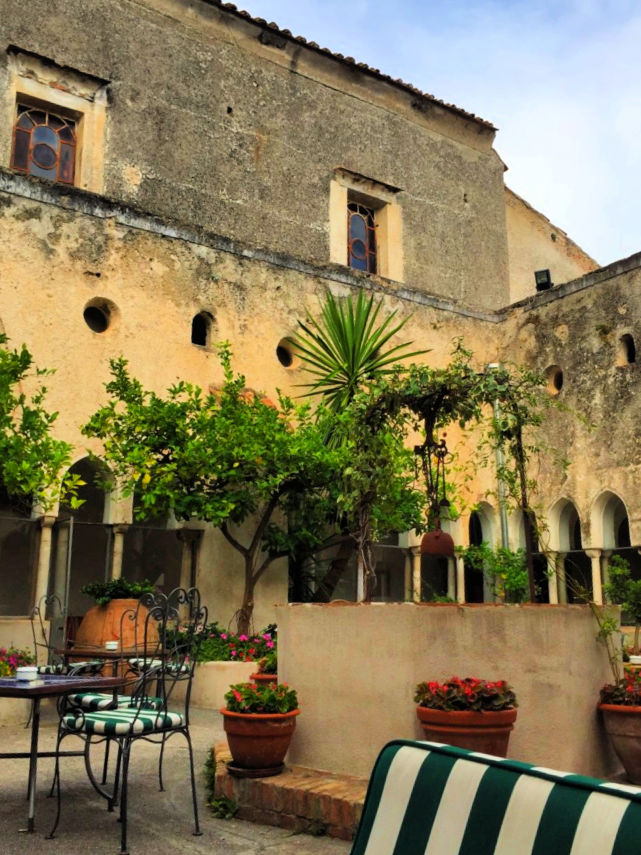
In addition to a pool carved into a rock jutting into the Mediterranean Sea, hotel guests can take their chances and jump off of a high rock plunging into the azure, sparkling sea. The service overall was wonderful; the waiters even don tuxedos in the evenings for cocktail hour. We took our time at breakfast, savoring the strong, Italian coffee while looking out over the bejeweled coastline.
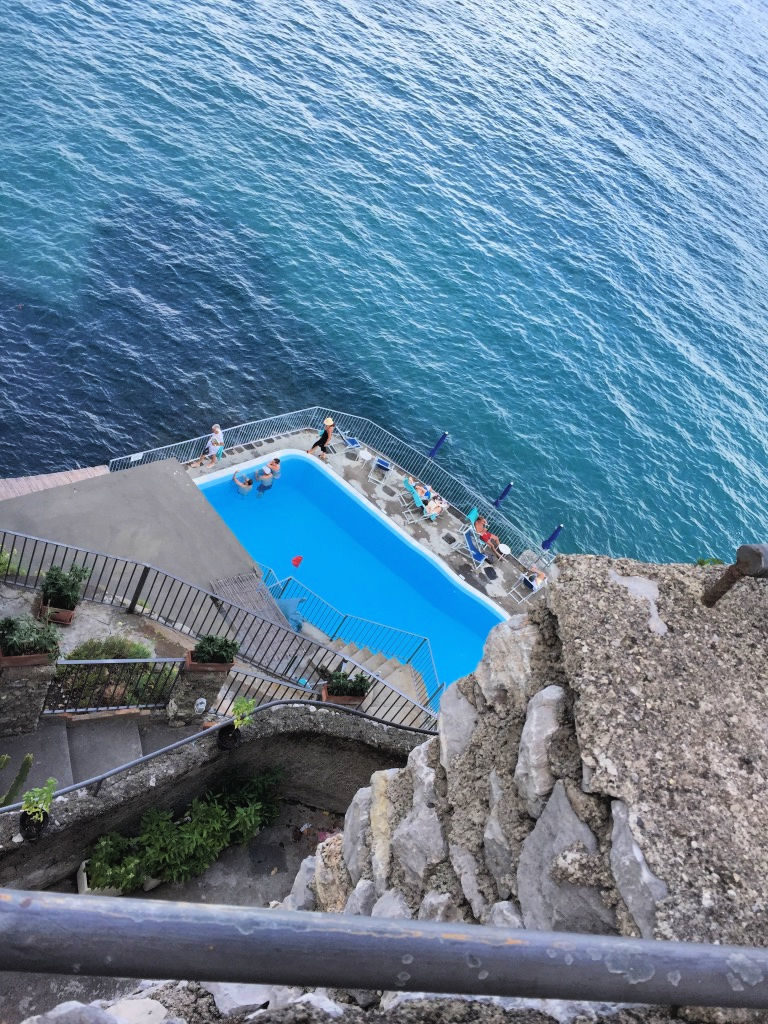
St. Andrew’s Cathedral, Amalfi
The number one stop to visit in Amalfi is St. Andrew’s Cathedral, situated in the Piazza del Duomo. Dedicated to the Apostle Saint Andrew, it holds the remains of the venerated Saint’s relics, which were brought from Constantinople after the Fourth Crusade. Begun in the 9th and 10th centuries, the style is a blend of Moorish, Byzantine, and Gothic, reflecting the various cultural influences on this maritime city. The entrance of the church is dramatic, due to the very steep steps up to the main portico and the façade in its array of stripes, arches and mosaics. When facing the church, to the left, the bell tower is a central cupola surrounded by four turrets ornately decorated with green and yellow tiles.
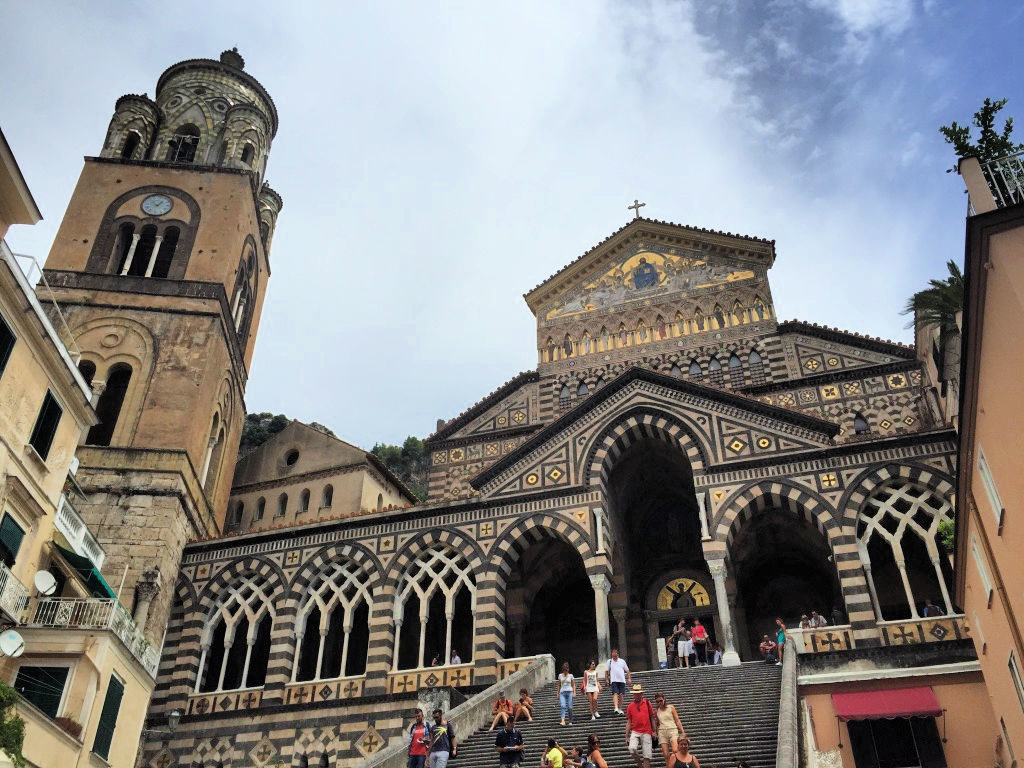
The massive bronze doors were commissioned in 1060 by a wealthy merchant and were the first cast bronze doors to appear in Italy.
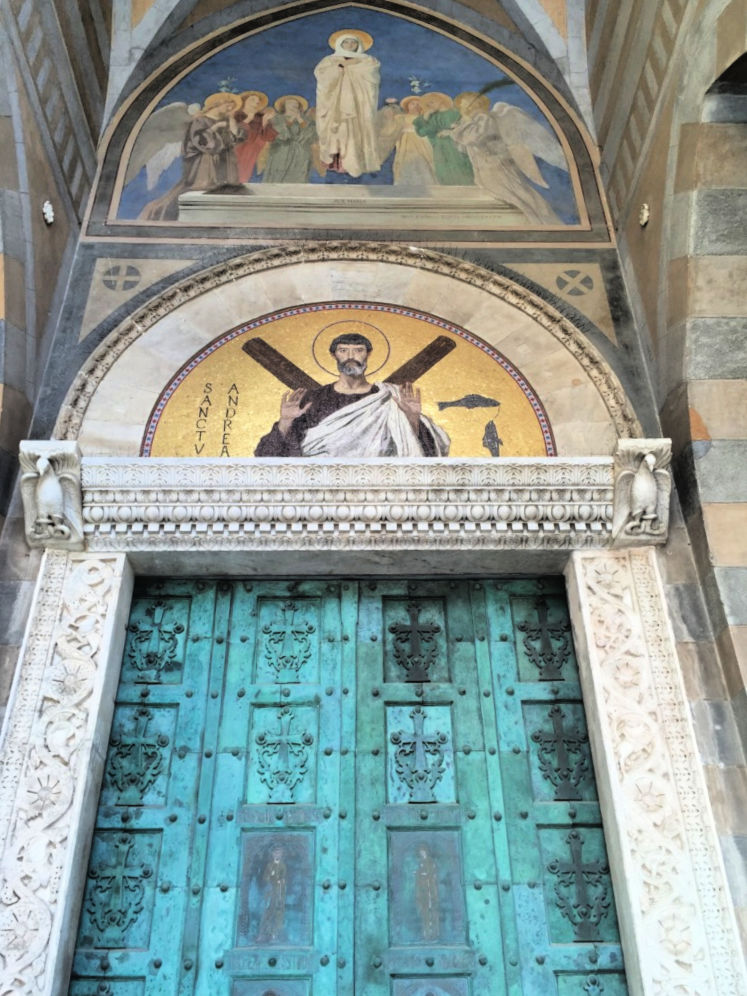
The “Cloister of Paradise”, just after the entry, is a lovely, palm tree filled courtyard surrounded by 120 columns and Moorish pointed arches.
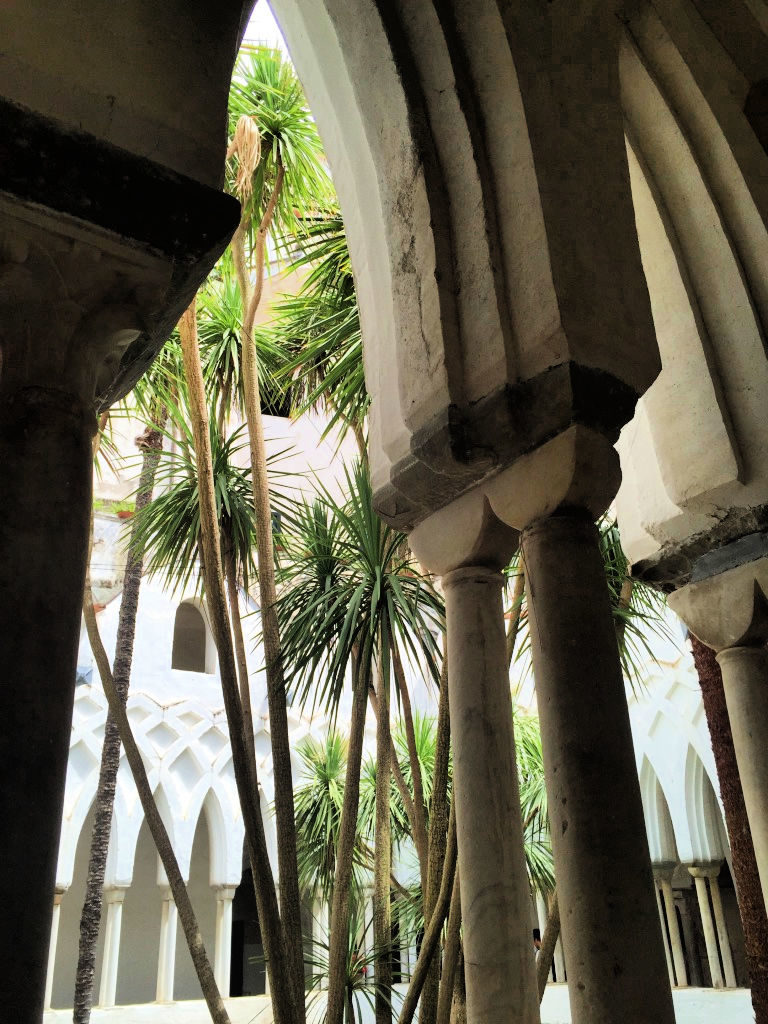
Throughout the visit, there is incredible medieval religious art painted directly onto the walls, with what I can only imagine requires constant monitoring and restoration. The colors are still vibrant, despite the wear and tear of the past millennium.
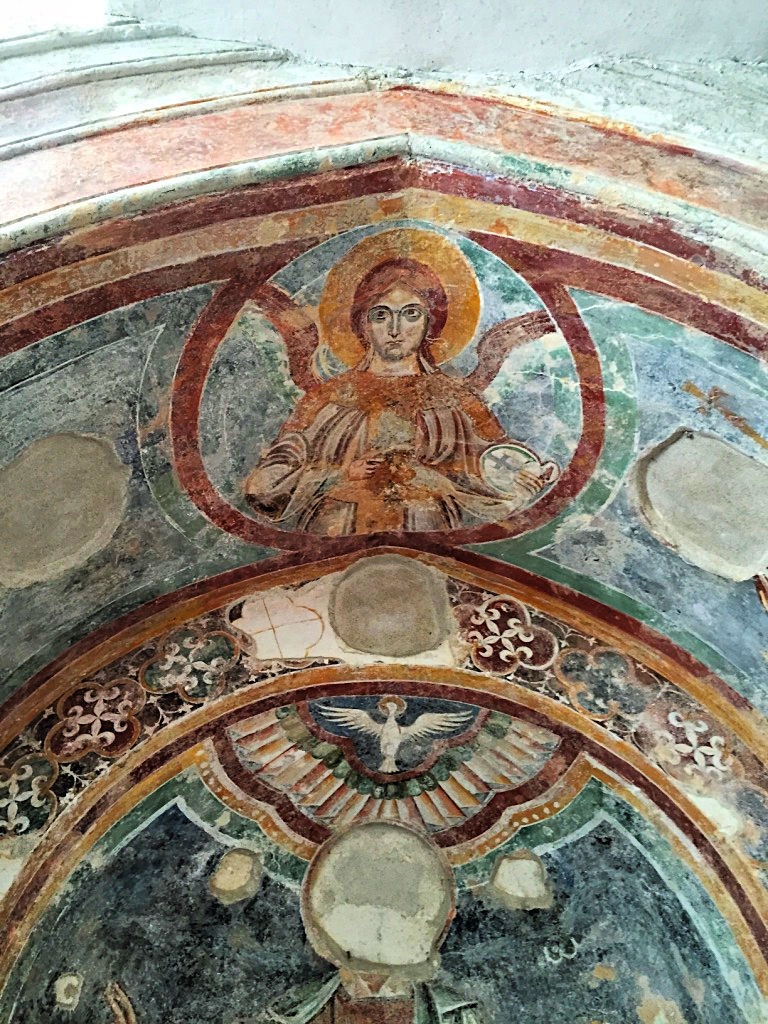
Equally beautiful is the collection of mosaics dating back to the XII century, which at one point decorated various parts of the cathedral.
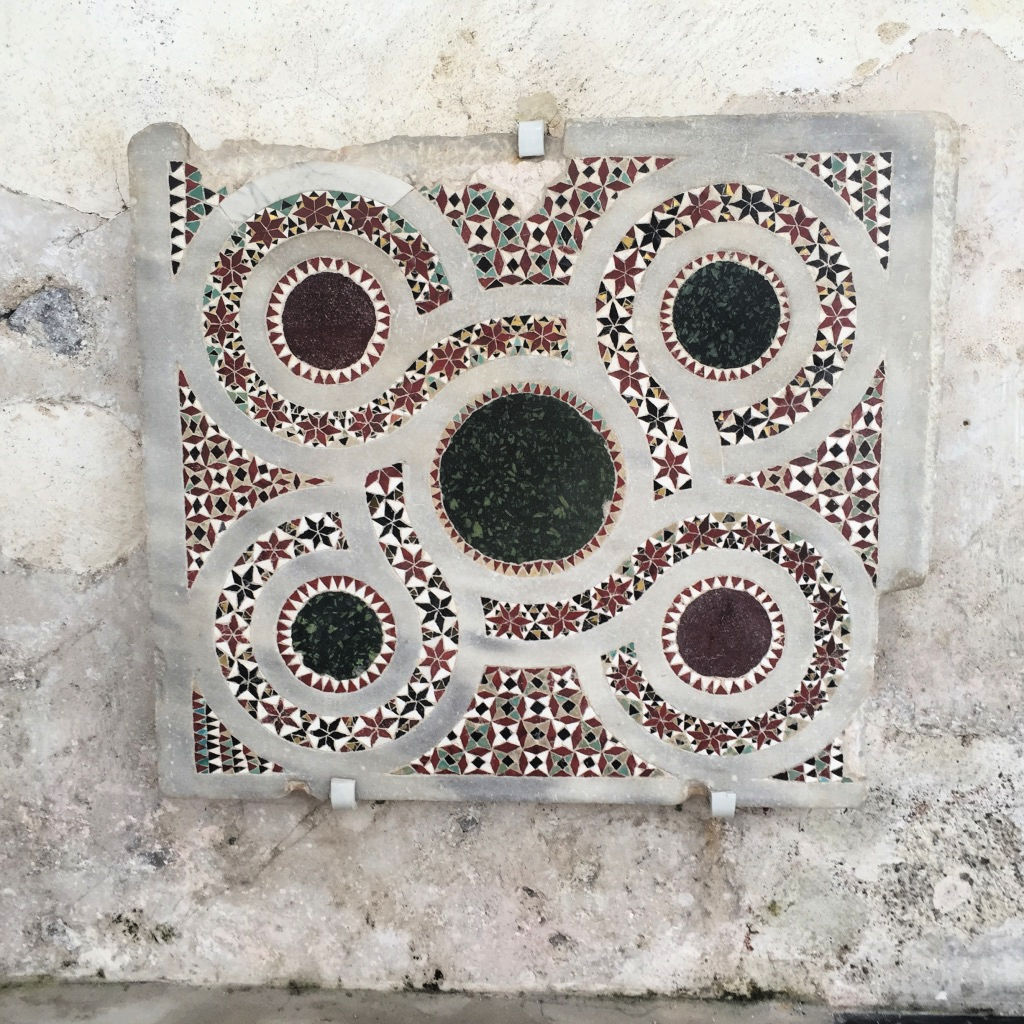
After a series of exhibits, you reach the altar of Saint Andrew, where his relics are kept, a somber and humbling experience to say the least.
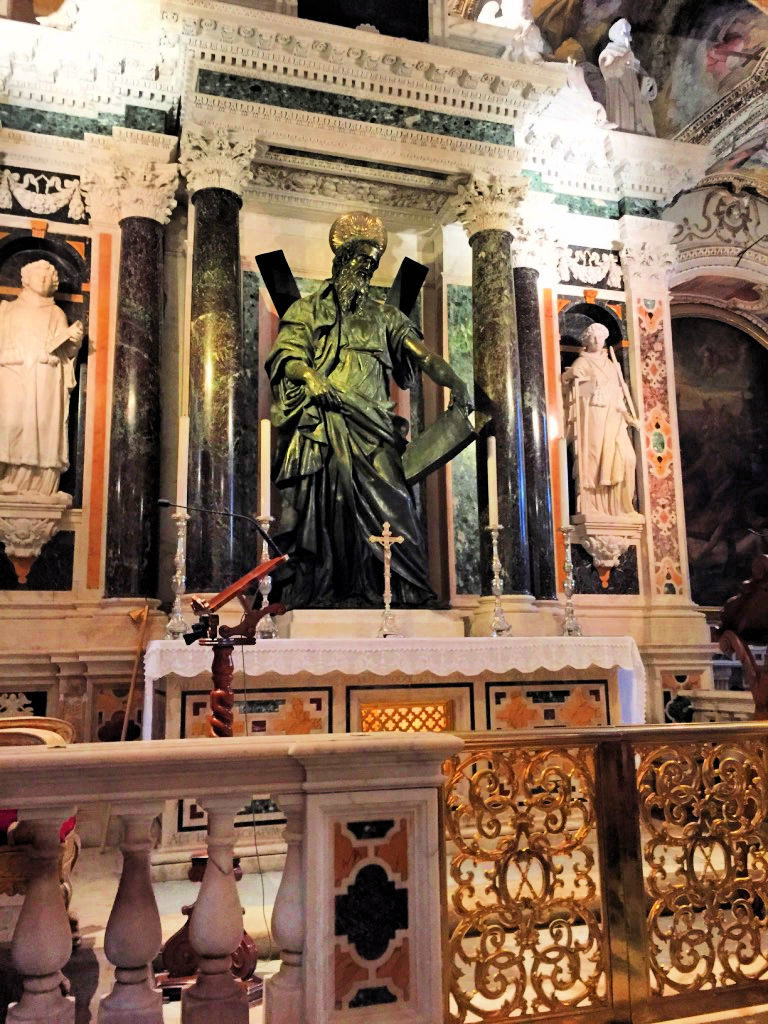
Amalfi Coast Must See: Ravello
Despite its charm and sunny energy, Amalfi is crowded and has its fair share of tacky tourist shops. Ravello, on the other hand, is surprisingly less crowded and exudes elegance and refinement. This quiet grace could be due in part to its location as it is perched 365 meters (1,197 feet) above sea level with the requisite drive being a bit death-defying. Ravello is home to the Ravello Music Festival, an annual summer event, in which the main stage cantilevers over the cliff with a backdrop of the Amalfi coastline. Ravello can easily be seen in a day but it is home to several very prestigious hotels, so if the budget allows, an overnight stay allows more time to devour the sights of this exquisite town. It is said that St. Francis visited Ravello on his way to venerate the remains of Saint Andrew in Amalfi.
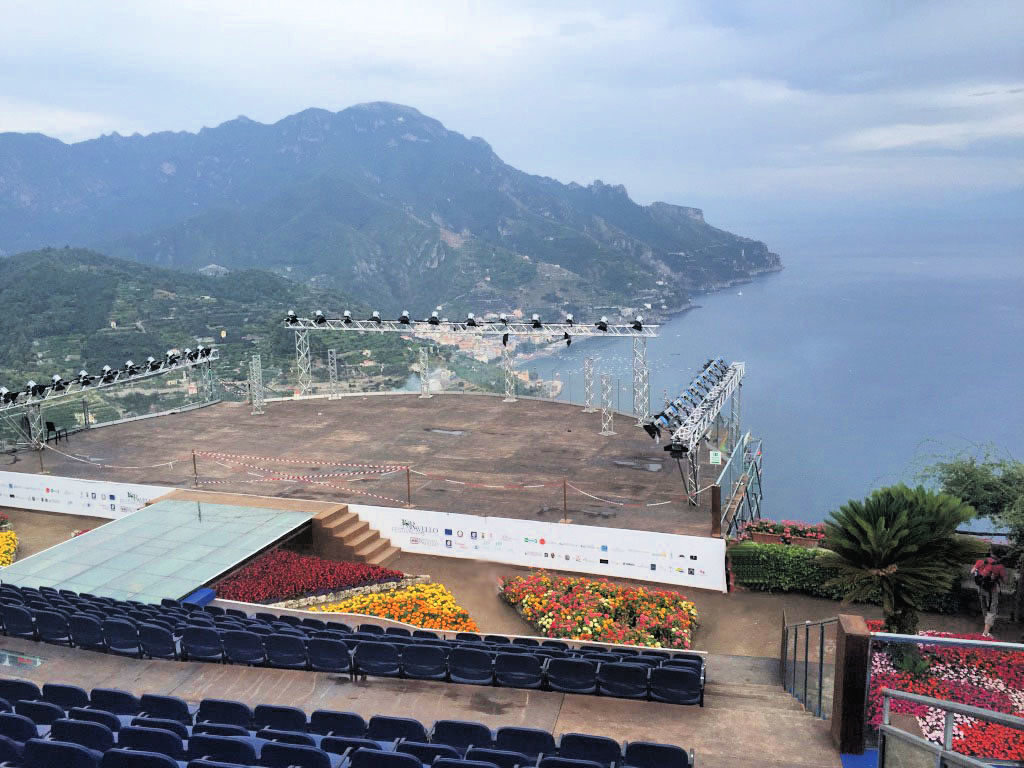
Ravello: The Villa Rufolo
The Villa Rufolo is located within the historic center of Ravello, which overlooks the front of the cathedral square, just across from the Duomo. The entry is through a square Moorish tower. The initial layout dates from the 13th century, with extensive remodeling in the 19th century. Built for the wealthy Rufolo family, it was also home of various popes as well as King Robert of Anjou. The terraced gardens and the breathtaking views of the Church of the Annunziata and the waters below are the highlights here and should not be missed.
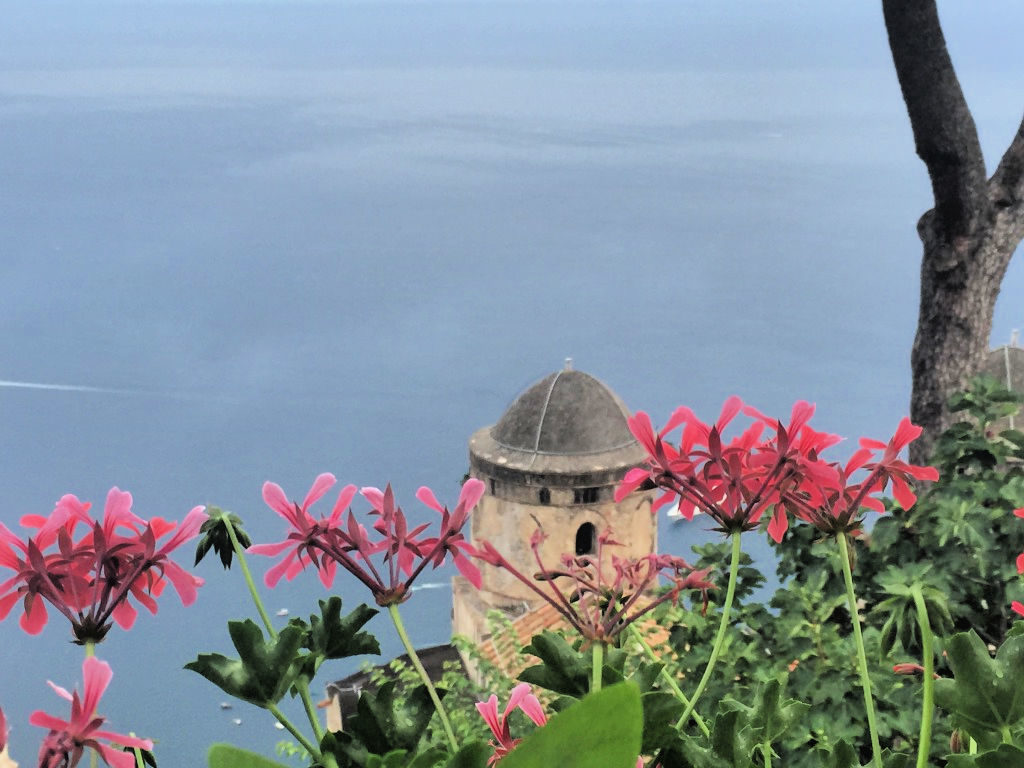
Ravello: The Villa Cimbrone
The Villa Cimbrone is now a hotel but the first construction took place in the 11th century. Initially the home of an aristocratic family, it passed on to other noble families through the generations. However, around the time of WWII, it had fallen into serious decline. It has since been restored to its former glory and the gardens are spectacular.
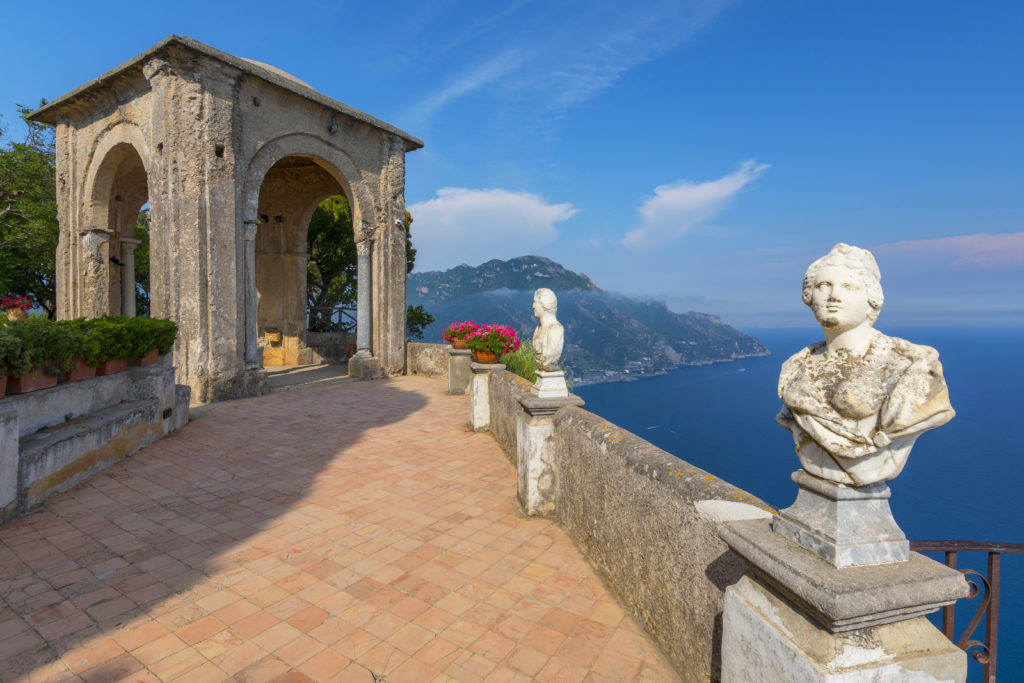
After the visit, we stopped for a pizza and a delicious bottle of white wine from the Amalfi Coast.
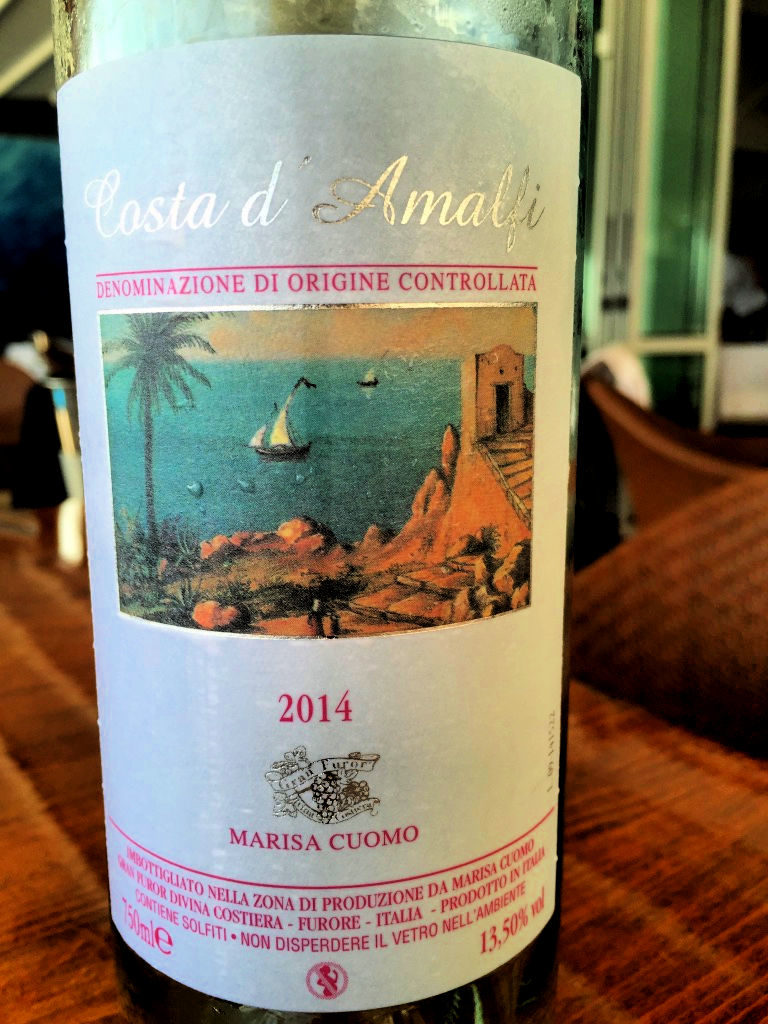

Amalfi Coast Must See: Positano
Finally, 16 kilometers from Amalfi is the dreamy seaside town of Positano, a shopper’s paradise. Seen from the sea, it is bright and cheery, with its white, pink and yellow Mediterranean houses and lovely Byzantine Church of Santa Maria Assunta. Positano has had an up and down history, from prosperity to tsunamis to pirate attacks to finally, in the 20th century becoming a destination for artists, intellectuals and celebrities. Positano has a wonderful beach, the Spiaggia Grande, 300 meters long and full of life. Plenty of restaurants sit on the beach, with lots of seafood dishes to choose from. From the beach, there are plenty of sea taxi services which can take visitors to smaller, more remote bays and beaches along the coast. Or, you can take a boat and visit the “Grotta dello Smeraldo”, a mysterious cave, partly inundated by the sea in which visitors can swim.
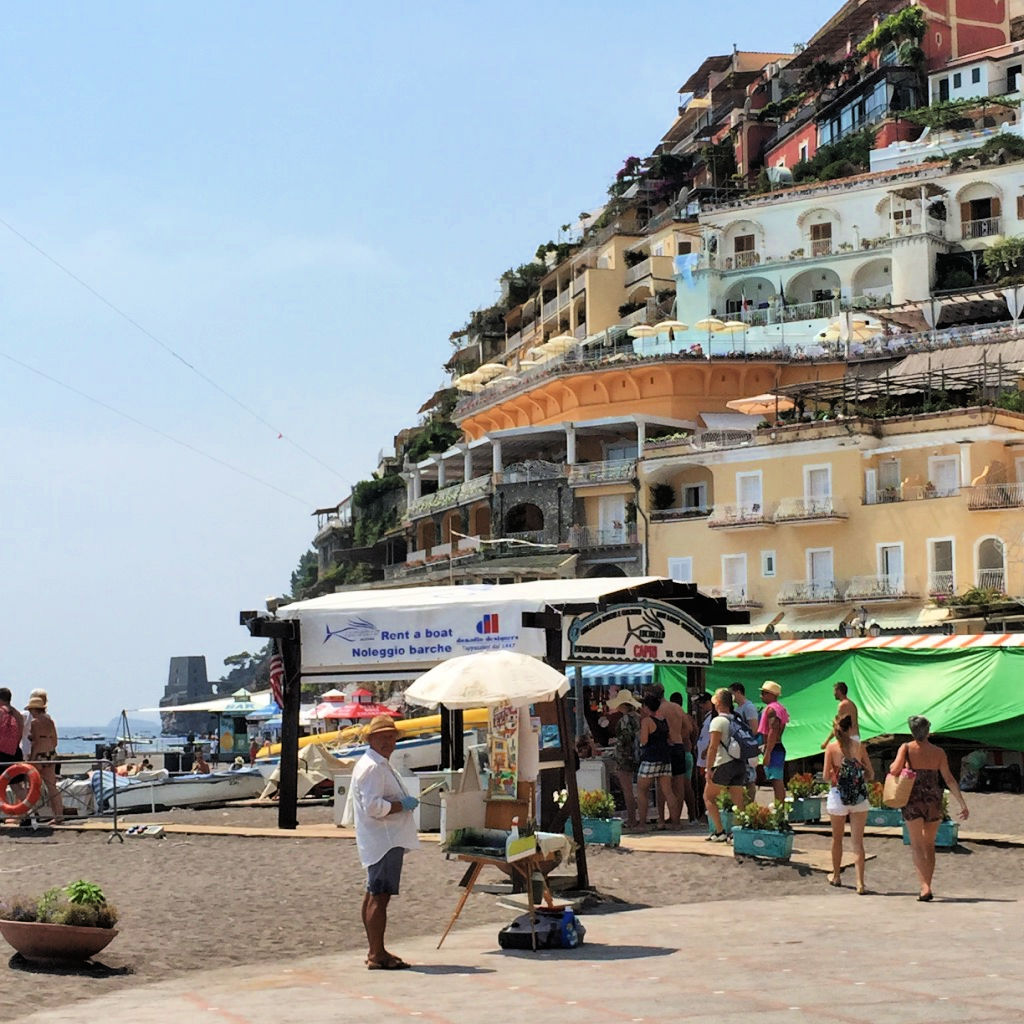
Three Must See Towns Along the Amalfi Coast
A lot of articles talk about which town is “best”. This is really hard to answer as each has a distinctive feel and ambience. Amalfi is bustling and spirited, with its impressive cathedral, many wonderful places to eat and its main town square which makes for wonderful people watching. Ravello is refined and quiet, known for its terraced gardens and spectacular views. Charming Positano has a fantastic beach and an amazing array of shops, in all price ranges. As much as I have traveled, the Amalfi Coast is one of the most breath taking and gorgeous places I have ever been to, with the dramatic coast lines, the colorful Mediterranean painted homes, the delicious seafood and wine, the sun and the sea.
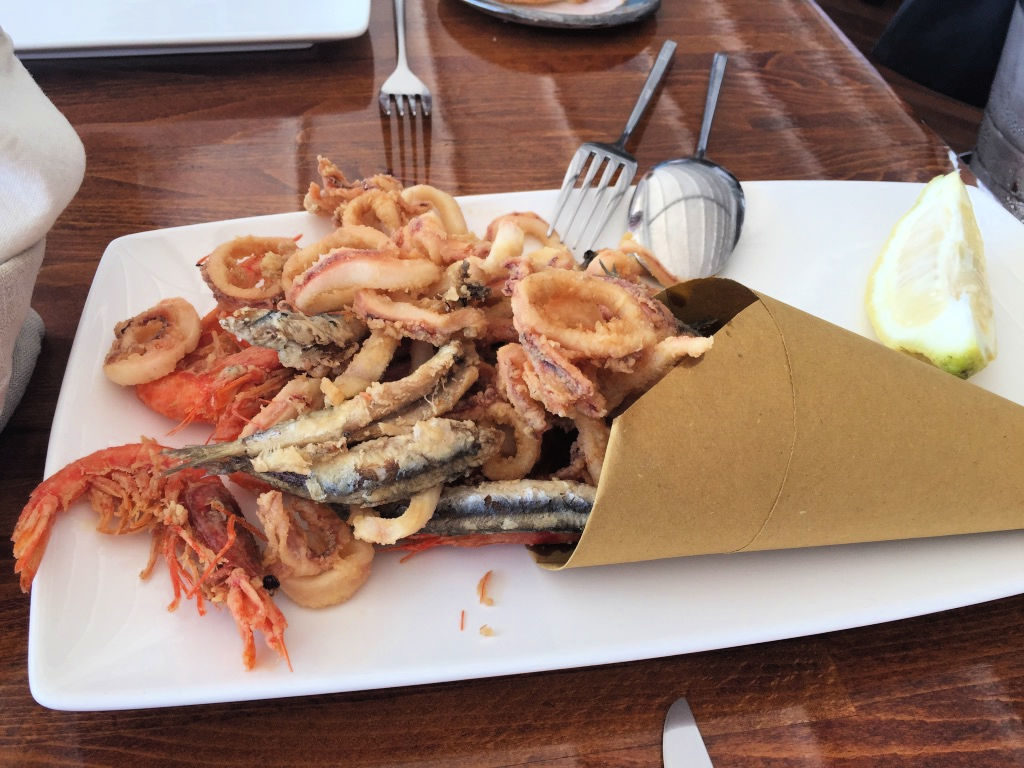

Read More…
If you enjoyed this article, here are some other articles you might enjoy:
The Beautiful Architecture of Prague
The Vienna Secession Building and Gustav Klimt’s “Beethoven Frieze”
7 Spectacular Architectural Sites in Provence, France You Don’t Want to Miss!
Free Course!
If you are planning a trip to Paris, check out my FREE course, “Paris Like a Pro“, where I cover the 5 most impressive monuments in Paris along with lots of helpful logistical information. Access the coursework here.
Join my Facebook Group
If you love French Art and Architecture, head on over to my Facebook Group here to share and be inspired.
As always, thank you for stopping by. Please consider signing up for my monthly newsletter to stay up to date on Art, Architecture and Cultural Travel.





















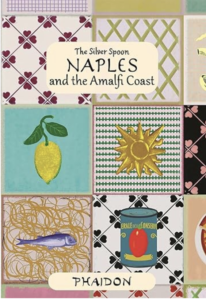

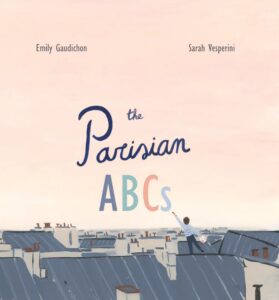




Missy
April 15, 2019 at 6:48 amSuch beautiful locations. I look forward to visiting. The pizza looks yummy and calling my name.
Glory
April 15, 2019 at 7:49 amHi Missy,
Thank you for the comment! I wish I were in Italy right now…
Anisa
April 15, 2019 at 8:05 amStunning photos! Italy is definitely on my bucket list. Thank you for sharing 🙂 -Anisa
Glory
April 15, 2019 at 8:13 amHello Anisa,
Thank you for the feedback! Thank you for stopping by!
Glory
Wendy Correa
April 15, 2019 at 9:39 amThis post is amazing! Very informative! It’s part travel guide, party history lesson. And your photography is beautiful! The Amalfi Coast has been on my places to visit list for a while but this post makes the experience truly come alive! I just subscribed to your newsletter, too. 🙂
Glory
April 16, 2019 at 9:55 amWow, thank you for the complements!
Rebecca Talley
April 15, 2019 at 12:23 pmGorgeous photos! My son lived in Italy for 2 years and we’re trying to go visit with him as our guide. We’re hoping to go within a year. Your post makes me anxious to go right now!!
Glory
April 16, 2019 at 9:55 amIt is so beautiful there. You won’t want to leave! Thank you for the comment.
Rebecca Talley
April 15, 2019 at 12:24 pmGorgeous photos! My son lived in Italy for 2 years and we’re trying to go visit with him as our guide. We’re hoping to go within a year. Your post makes me anxious to go right now!! Thank you for sharing. I want visit those cities for sure.
Charlene
June 17, 2019 at 5:01 amOh WOW that St. Andrew’s Cathedral!!! How do you even grasp being in the presence of his remains and such history?! The mosaics are simply gorgeous. I’m a sucker for old churches and this one looks just stunning. Thank you for sharing your photos and experience in Italy. I’ve never been and it is exciting to see it through your eyes. Happy travels!
Glory
June 17, 2019 at 9:43 amIt was a very spiritual experience, indeed. I’m a sucker for old churches, too. The Notre Dame fire made me cry! Thank you for your kind words.
Brooke
April 23, 2020 at 8:26 amI spent one day in Amalfi and it was definitely not enough time. Your photos are gorgeous and have convinced me that I need to go back. And the food photo is making my mouth water. Yum!
Glory
April 24, 2020 at 8:54 amThank you! I hope you make it back someday!